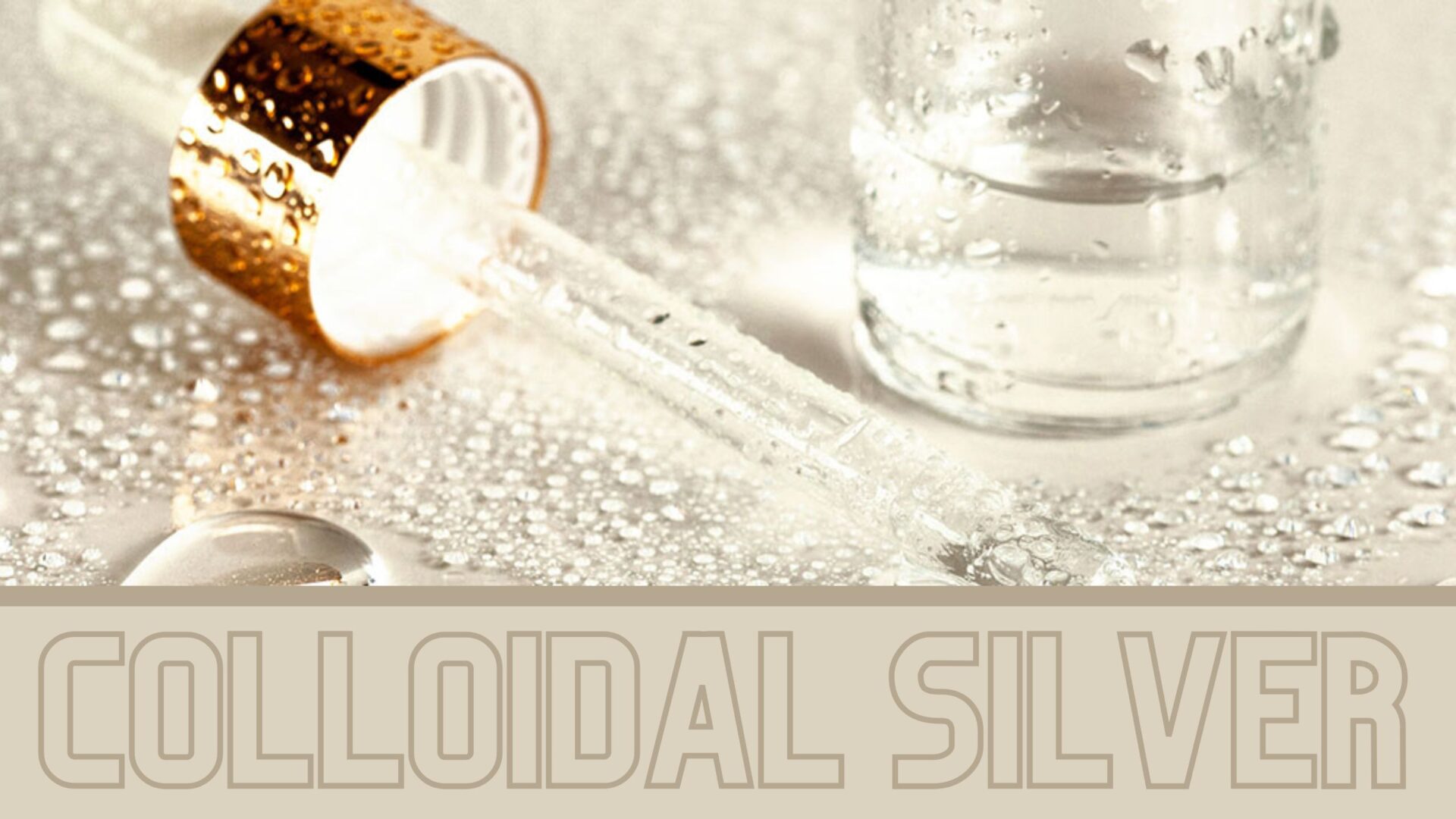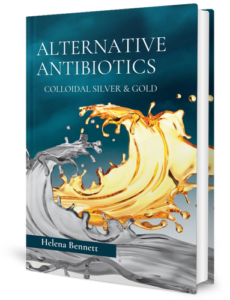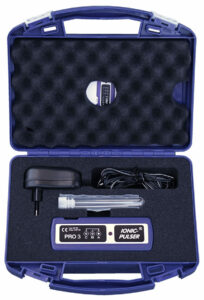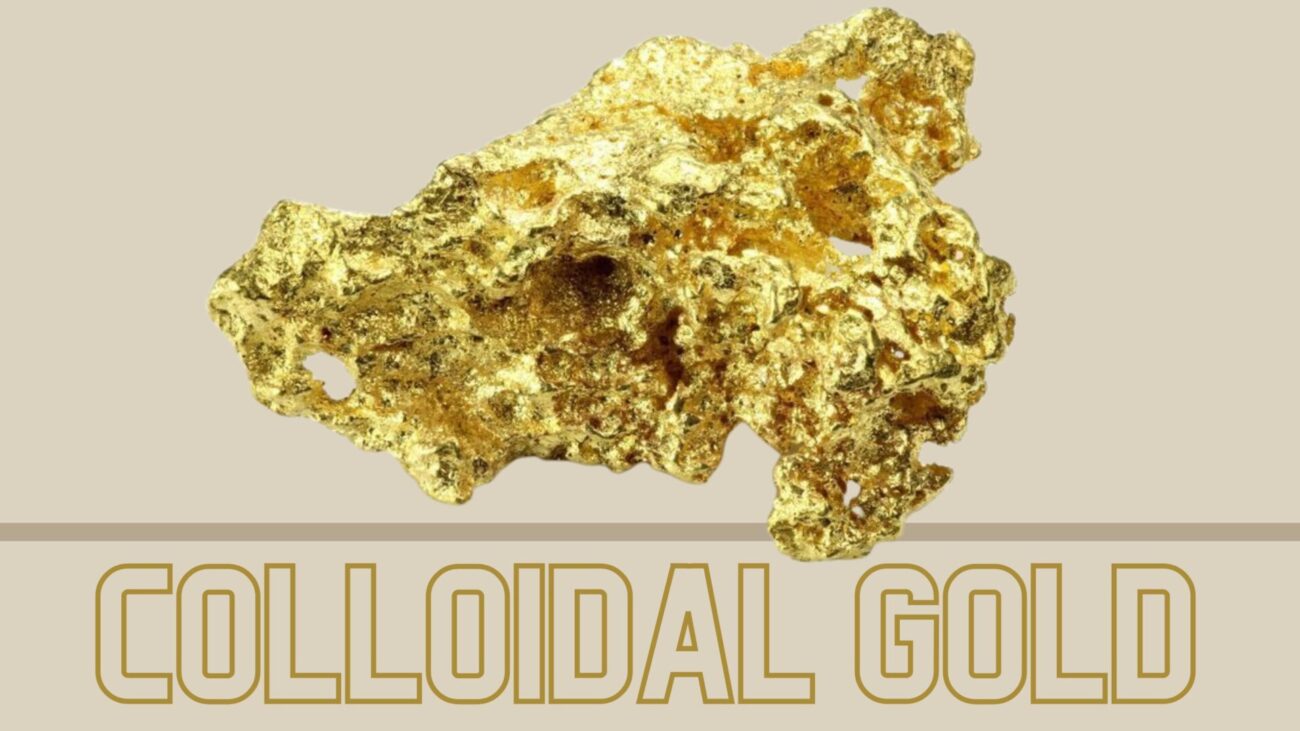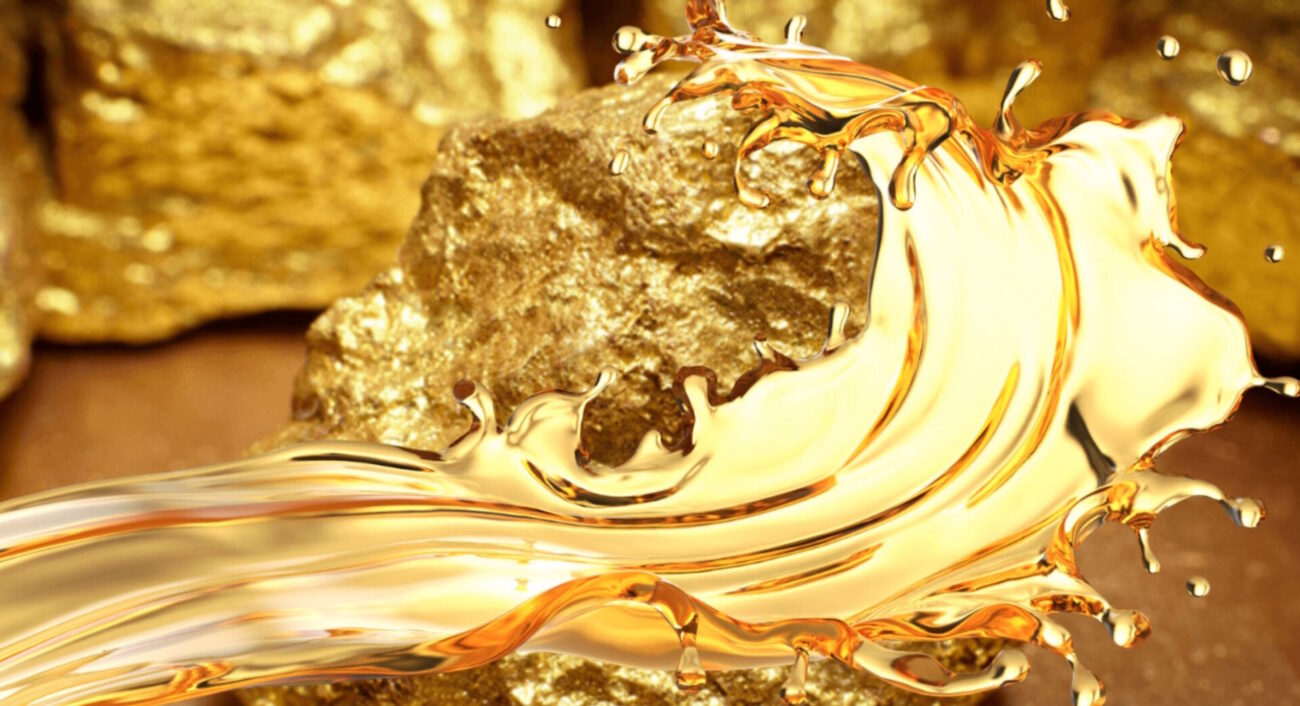Unlocking the Mysteries of Colloidal Silver,
has a long history of use in various medical applications, dating back to the Middle Ages. Its potent antimicrobial properties have garnered renewed interest as an alternative remedy for combating viruses, bacteria, fungi, and numerous other health issues. However, alongside its purported benefits, circulating reports suggest that prolonged use of colloidal silver may lead to skin discoloration, turning it gray or blue.
Thanks to technological advancements, colloidal silver can now be produced privately through electrolysis, dissolved in distilled or double-distilled water. But what exactly is colloidal silver, how is it utilized, and what mechanisms underlie its efficacy? In this blog post, we delve into the details of colloidal silver, its applications, and its mode of action.
What is colloidal silver?
Silver water typically consists of fine nanosilver particles or liquid dispersions of poorly soluble silver compounds. Smaller than a red blood cell, these silver colloids form a colloidal system when combined with distilled water. Due to their minute size, particles can reach body areas that are otherwise difficult to access, making them effective internally.
Colloidal silver operates on the principle of electrostatic repulsion, where all silver particles within the suspension carry the same electrical charge. This property enables the particles to interact with and neutralize a wide range of pathogens, including bacteria, viruses, fungi, and parasites, while leaving healthy cells unharmed.
 Mechanism of action and potential side effects
Mechanism of action and potential side effects
The exact mechanism by which colloidal silver exerts its antimicrobial effects is still under investigation. However, numerous studies and experiments have demonstrated its inhibitory effects on various pathogens. Silver particles disrupt the ability of single-celled organisms to absorb oxygen, leading to their destruction. Additionally, colloidal silver has been associated with shortened wound healing times, although much of this evidence comes from studies conducted on artificial bacterial colonies rather than the human body.
Due to insufficient research, colloidal silver is not approved for medical or dietary use in Germany despite its potential benefits. Officially, it is only sanctioned for external applications such as facial toners or creams. However, many individuals worldwide continue to advocate for its use as a medicinal agent. It is important to consult with a healthcare professional before using colloidal silver, especially internally.
Potential side effects include argyria, a condition characterized by irreversible blue discoloration of the skin, eyes, and internal organs. This discoloration occurs due to the deposition of silver particles in the tissues. Other reported side effects include neurological disorders, gastrointestinal complaints, skin irritations, and fatigue. Colloidal silver should be used sparingly and in small doses to minimize the risk of side effects, with careful attention to dosage and concentration.
Applications
The applications are broadly categorized into external and internal use to combat bacterial infections and inflammation. Externally, colloidal silver is commonly used to treat skin conditions such as
- acne,
- warts,
- neurodermatitis,
- burns,
- insect bites,
- and wounds.
It is often incorporated into cosmetic products like creams and lotions for its antimicrobial properties.
Internally, silver is purported to stimulate cell growth, boost the immune system, and detoxify the body. Despite limited scientific evidence supporting its efficacy, colloidal silver is used internally for a variety of health conditions, including
- Cold and flu symptoms
- Sinus infections
- Sore throat
- Ear infections
- Skin conditions like acne, eczema, and psoriasis
- Wound healing and minor burns
- Eye infections
- Gum disease
- Digestive issues
- Urinary tract infections
However, internal use should be approached with caution and under the guidance of a healthcare professional, as prolonged or excessive intake may lead to adverse effects.
In conclusion,
colloidal silver remains a controversial yet intriguing therapeutic agent with potential applications in various medical settings. While further research is needed to understand its mechanisms of action and therapeutic benefits fully, it continues to be utilized by individuals seeking alternative remedies for various health issues. As with any supplement or medication, weighing the potential risks and benefits before incorporating colloidal silver into your healthcare regimen is essential.
Preparation Using Distilled Water
To maintain its effectiveness, colloidal silver should be freshly prepared when needed. This can be easily accomplished at home with just single or double distilled water and a specialized generator featuring rods made of pure silver (typically over 99.99% pure).
Most commercially available generators come with two silver rods. These rods are immersed in heated distilled water, releasing silver particles within minutes. The longer the generator operates, the higher the concentration of colloidal silver produced. The ideal concentration usually ranges from 5 to 25 ppm (parts per million). Using tap water, mineral water, or saline water instead of distilled water may risk the formation of potentially harmful silver salts. Although producing colloidal silver with distilled water requires a constant voltage of at least 24 volts and takes time, the product is high quality.
Facts About Colloidal Silver
Colloidal silver, or “silver water,” is a natural substance historically used to treat internal and external infections before modern antibiotics and antiseptics. Unlike synthetic or partially synthetic active ingredients, silver water consists solely of silver particles dissolved in distilled water, making it a staple in alternative medicine due to its biological composition.
In Germany, colloidal silver is not approved as a medicinal product and is often marketed as a facial toner or ultra-pure water for technical purposes.
Colloidal silver remains largely unexplored clinically as a medicine. A definitive assessment of its safety and efficacy is challenging due to the lack of recognized scientific evidence. While silver is known for its antibacterial and antiviral properties, excessive intake can lead to health issues as silver is not naturally present in the human body. Caution is advised, especially for internal use.
Due to the limited scientific evidence for effectiveness and potential side effects, it relies heavily on user reports. Any reported side effects could also stem from contaminated or substandard products or improper usage.
Appearance of Colloidal Silver
The color of colloidal silver varies based on the size of the silver particles. Solutions obtained through electrolysis typically result in clear water as the silver ions are very small and visually indistinguishable from water. Mechanically produced colloids, on the other hand, yield larger particles, leading to variations in solution color based on light refraction.
Ionic pulser electrolytic devices are used to produce colloidal silver in your own four walls.
Medionic Ionic Pulser, PRO3 – electrolysis device
Medionic Ionic-Pulser® standard electrolysis device
Medionic Ionic-Pulser Standard S – electrolysis device
Medionic case for Ionic-Pulser® silver generators


